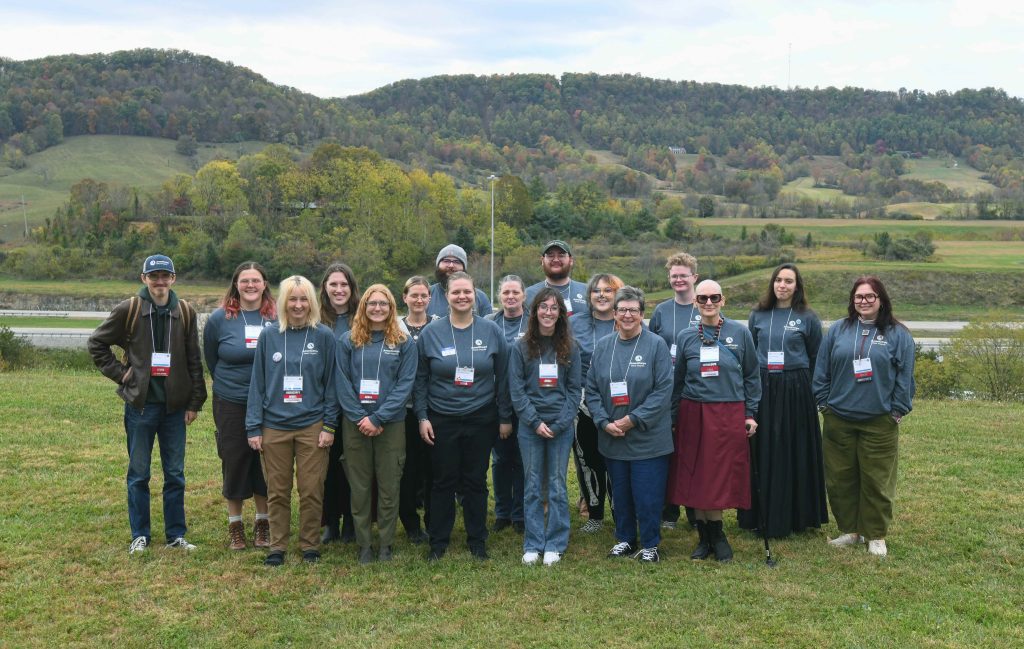One of the perks of living in the southern Appalachians is the relative lack of man-eating creatures. Anyone who has endured the mosquitos of Minnesota or the deer flies of Cape Cod knows a personal hell that is unmatched here. However, in nature’s plan nobody gets off the hook, and we have our own little nightmare. Enter the chiggers!
Many years ago, in Iowa, I found myself mesmerized by coneflowers swaying in the halcyon skies of July. Naturally, I stripped nearly naked and slithered through the prairie grasses looking for the best photographic angle.
Upon awakening the next day, I was horrified to find myself covered in what appeared to be a rash. Fearing an allergic reaction was taking hold, I went immediately to the emergency room. After examining me, the doctor simply stated: “This is the single worst case of chiggers I’ve ever seen”. To which I immediately replied: “That’s impossible, I’ve been celibate for several months!”
After a lengthy maniacal laugh, the good doctor explained to me that chiggers are a mite, not a venereal disease. He estimated that I had 500 chiggers- mostly in my armpits and groin! This was my first introduction to chiggers.
People are Peripheral
Chiggers are incredibly small- about the size of the period at the end of this sentence. It is the larval form of the species that causes us torment. Interestingly, we are a peripheral host, the preferred victims being birds and reptiles.
Chiggers are found in a wide variety of habitats, but are most common in wet meadows, briar patches, and other unforested areas. I have never gotten them in rich deciduous woods or above 5,000 feet.
They find you by sensing increased carbon dioxide levels as you approach, and will start running around in a frenzy looking for a way to climb on board (they are very quick). Once on you, they generally seek places where clothing is tight- ankles, back of knees, groin, and armpits are favorites.
Contrary to myth, chiggers do not burrow, or drink blood. Typical of the arachnids, they are seeking a meal of “cell soup”. After inserting a specialized mouth part into a hair follicle or pore, the chigger injects an enzyme that dissolves tissue cells, which they then digest.
At this point, your body goes into defense mode, walling off the enzyme in a hardened “tube” called a stylostome. This is where the agonizing itch comes into play.
There is generally a delay of several hours between the attachment and the onset of swelling/itching. After feeding for a day or two, the chigger drops off it’s host, and begins the transformation to a nymph stage, then ultimately the adult stage (where it poses no threat to people).
An ounce of DEET is worth a pound of calamine
In the U.S., chiggers do not transmit disease. Treatment of wounds, which may last a week or more, is pretty limited. A cream containing 20% Benzocaine will offer itch relief, as will the drying effects of calamine lotion. The best goal, however, is to avoid major infestations in the first place! Insecticidal sprays containing DEET are very effective, but are potentially dangerous to your health. I use a spray containing only 30% DEET, and apply it only to my pants- not skin. When you get home,
immediately take a hot shower or bath, with plenty of soap, and use your fingernails or washcloth to strongly scrub the skin- this will dislodge many of the chiggers that are in the early stages of feeding, or running around trying to pick the perfect pore. Treat your hiking clothes as toxic waste- directly into the washer, or isolate in a plastic bag until laundering is possible. And most importantly, gentle reader, laying around half-naked in a field gazing at halcyon skies may not be as idyllic as it seems…
Related Articles
Latest News

Leave a comment
Your email address will not be published. Required fields are marked *





Leave a Comment